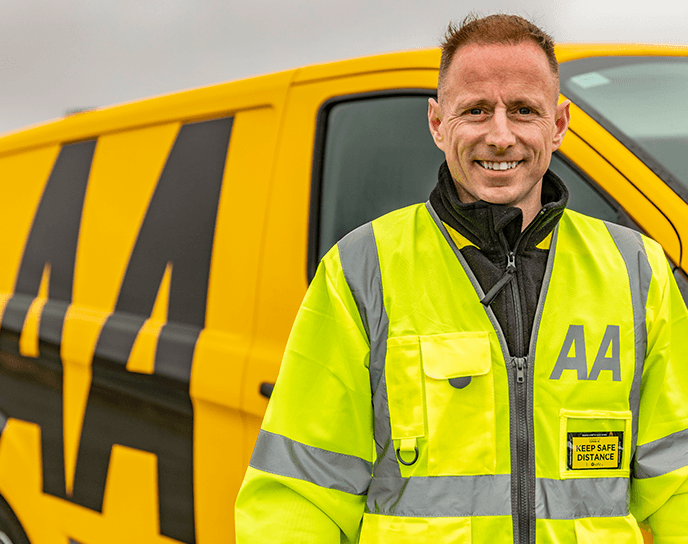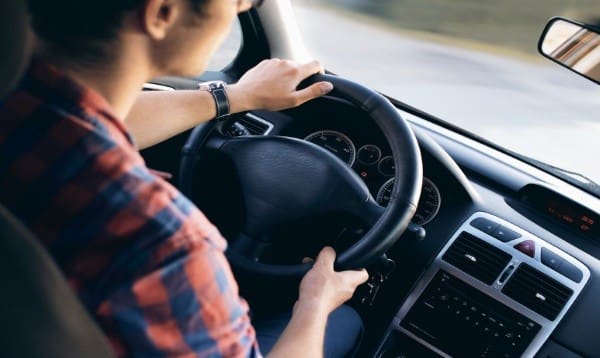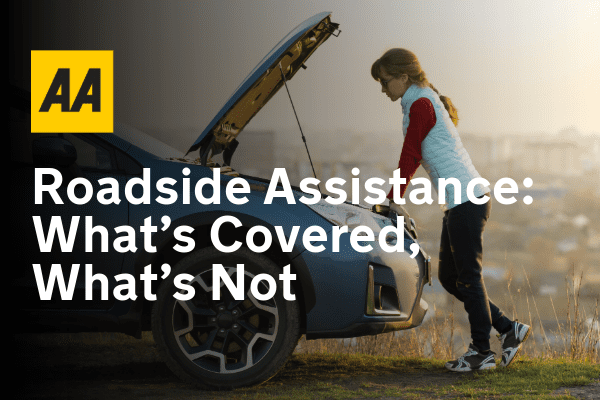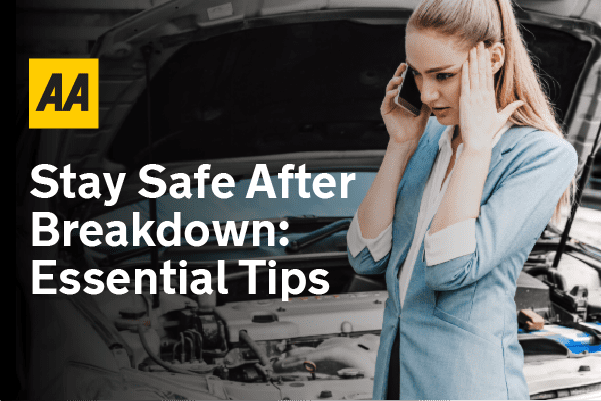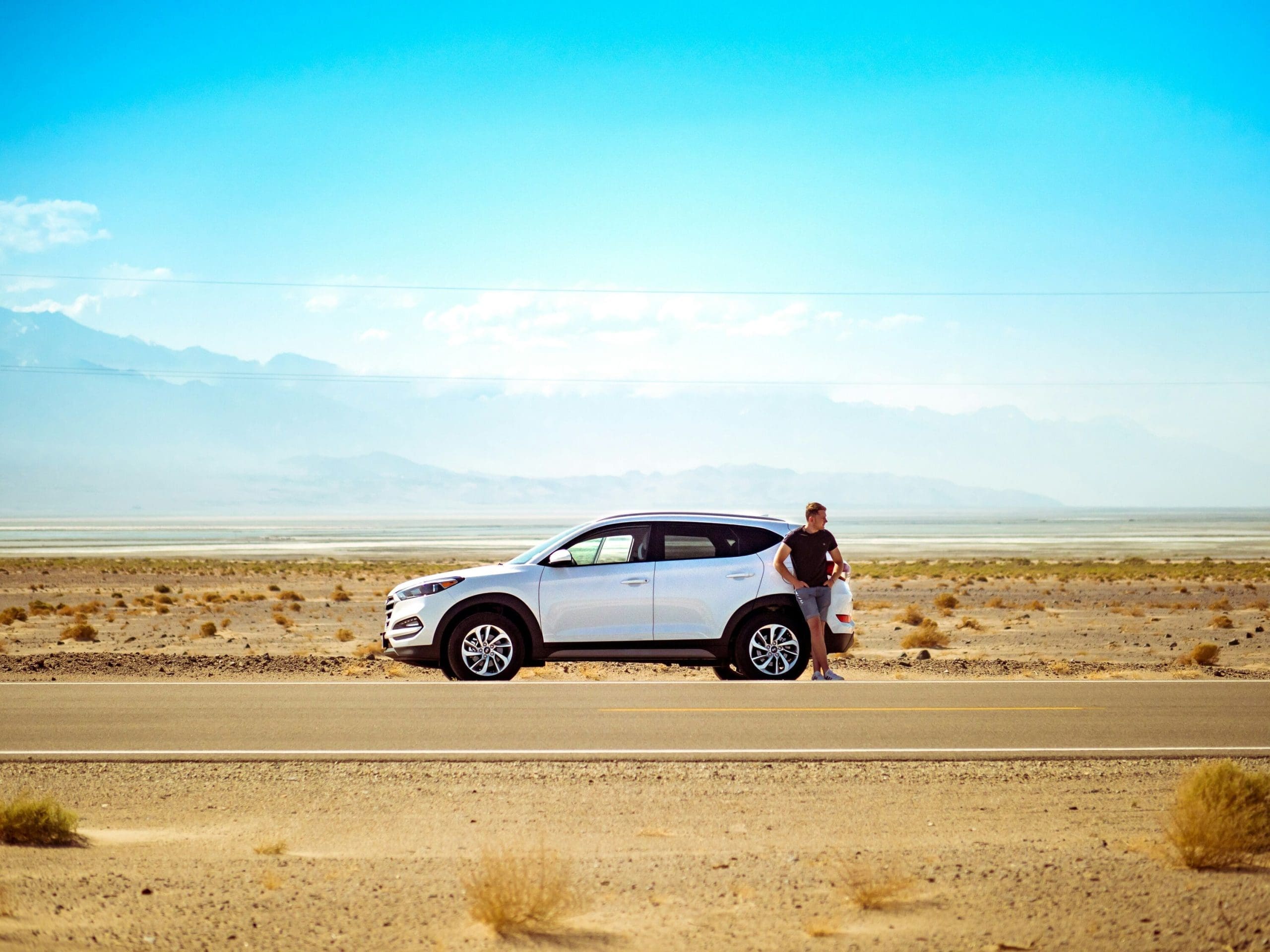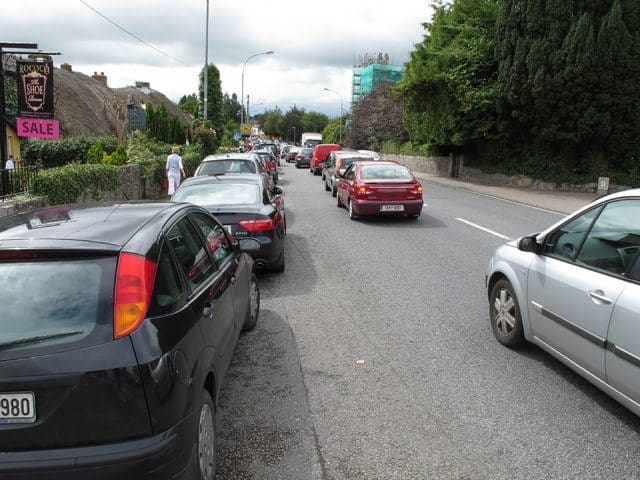Whether you’ve been waiting to get behind the wheel for as long as you can remember or are learning to drive out of necessity, getting the knack for driving can be tough. It takes practice, patience and perseverance to get it right.
So you’ve done all the necessities. You’ve passed your theory test, gotten that provisional license, put up your ‘L’ plates and sorted out your insurance. But are you finally ready to get behind the wheel? AA Roadwatch’s Doireann Garrihy has five essential nuggets of advice that you need to know before you get motoring.
Calmness is Key
The gasping mothers and handbrake-holding fathers of this world can be a learner driver’s worst nightmare. Of course, they mean well and are there to guide you, but they can often create an atmosphere that is unnerving and frustrating when you’re doing your very best. It is vital that the fully licensed driver who is beside you is calm and conscientious; the last thing you need is a nervous or impatient passenger. Have a chat with them beforehand to ensure you’re both on the same page and ready to have a gasp and shriek-free experience! You will only gain confidence behind the wheel through encouragement and positivity.
Get Comfy
Feeling comfortable in the driving seat is essential. Your instructor or fully licensed passenger should show you how to position your seat for optimal comfort and control of the car. In addition to this, wearing comfortable footwear is a good habit to get into; inappropriate footwear can not only affect your driving but can warrant failure of your driving test. After several weeks of mastering the art of driving, the last thing you want is to fail for reasons that are very much avoidable.
No Phone Zone
Start as you mean to go on and keep your phone well and truly out of reach when you’re behind the wheel. Not only is holding or using a phone whilst driving illegal, it is an extremely dangerous distraction. Leave your phone at home during a driving lesson or if you must have it with you, switch it to airplane mode. That way if someone does try to contact you, the temptation isn’t there to reach for your phone if it beeps. Driving lessons with an instructor generally don’t last for longer than two hours anyway, so any call, text or social media notification you receive can more than likely wait.
Mirror Mirror…
Consider your mirrors to be your best friends. You wouldn’t ignore your best friends if they were trying to show you something important, which is exactly what your mirrors do for you. They give you the helping hand you need to keep both yourself and your fellow road users safe; be it pedestrians, cyclists or other drivers. The downfall of many learner drivers’ is looking in their mirrors but not reacting effectively to what they see. For example, looking into their left wing mirror before taking a left turn, seeing a cyclist riding alongside their car but failing to slow down or stop to let the cyclist pass. If you are stopped in traffic, use this waiting time to scan each of your mirrors so as to anticipate what or who will be around you when you do move off.
The Big Day
So the test itself is a while away but it’s not too early to think about your preparation. How will you get to the test centre? Who will accompany you? What will you need with you? Be sure to plan all of this in advance so as to avoid any unnecessary stress or panic on the day. Take a look at RSA.ie where you will find checklists with exactly what you will need in terms of documentation. Again, do this well in advance of your test date – printer malfunctions happen! Arrive at the test centre at least half an hour in advance of your test to give yourself time to relax and perhaps have a glance at the RSA’s Rules of the Road book. At this point, referring to tip number one is essential: calmness is key!
Are you learning to drive? Click here to get an AA Motor Insurance quote.




